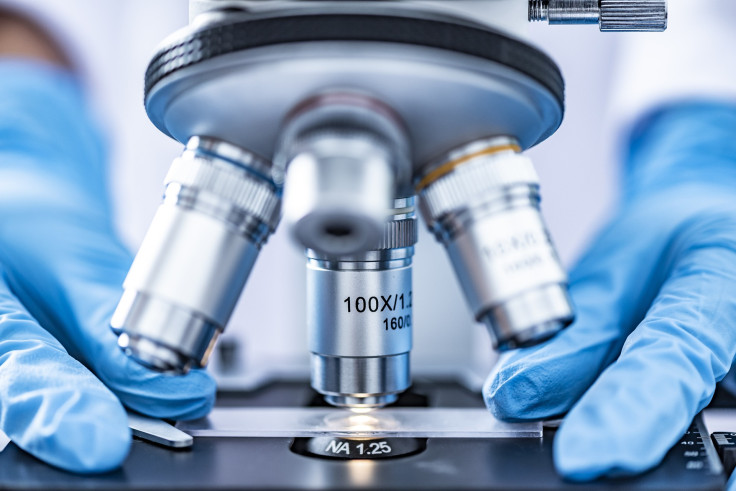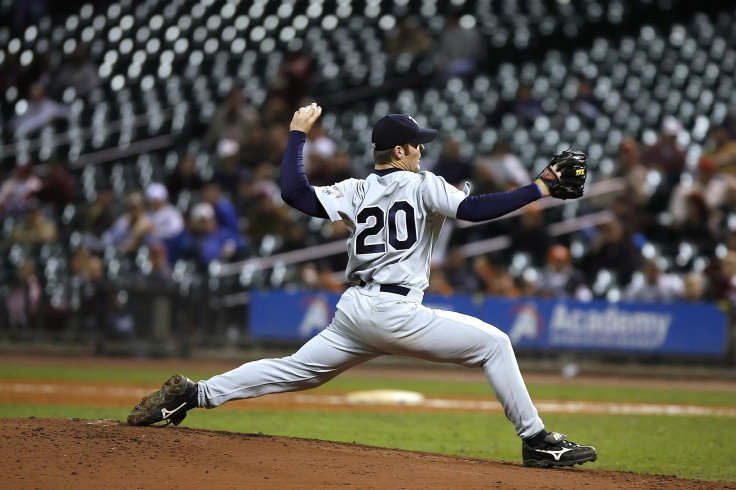Strangers Who Look Alike, Have Same Name And Job Finally Take DNA Test

KEY POINTS
- Two MiLB pitchers both named Brady Feigl have taken a DNA test
- They look identical and had the same surgery performed by one doctor
- The DNA test has revealed that the two are not connected biologically
Two Minor League Baseball pitchers who look identical and even share the same name have finally taken a DNA test to check if they are related.
Brady Matthew Feigl of the Long Island Ducks, 32, and Brady Gregory Feigl of the Las Vegas Aviators, 27, measure up to 6 feet and 4 inches tall, have red hair and wear glasses.
They were first mistaken for one another in 2015 when they both had the same elbow surgery performed by Dr. James Andrews, the New York Post reported.
"I was probably six or seven months out of surgery, and their office called our trainer and said, 'Hey, when's Brady reporting for surgery? Is he getting down here tomorrow? He was like, 'He had it six months ago. What are you talking about?' That's how I found out there was two of us," the younger Feigl said.
In 2017, the University of Missouri's baseball team, which Gregory was a part of at the time, mistakenly tagged Matthew in a birthday tribute.
"Wrong Brady Feigl," Matthew, then with the Texas Rangers, responded.
Well....this is awkward. Our bad. pic.twitter.com/Z1cE2Oz7vw
— Ole Miss Baseball (@OleMissBSB) November 28, 2017
The two have since taken a DNA test to determine whether or not they are related.
While many fans speculated that the Feigls were separated at birth somehow, the test showed they did not have any biological connection.
Despite the results and their age gap, Matthew and Gregory reportedly still feel bonded to each other.
"We're still brothers in a way. And we'll always be Brady Feigl," Matthew said, according to a report by The Sun.
There is about a 1 in 250 chance for someone to have identical twins, according to the United Kingdom's National Health Service.
While research suggests that genetics may play a role in the likelihood of a person conceiving twins, identical twins do not run in families.
One study published in the journal Cell Reports last August found that there are people who look alike but are not related who still shared genetic similarities.
"Genomics clusters them together, and the rest sets them apart," the study's senior author, Manel Esteller of the Josep Carreras Leukemia Research Institute in Barcelona, Spain, said, referring to the study of human DNA.

© Copyright IBTimes 2025. All rights reserved.





















